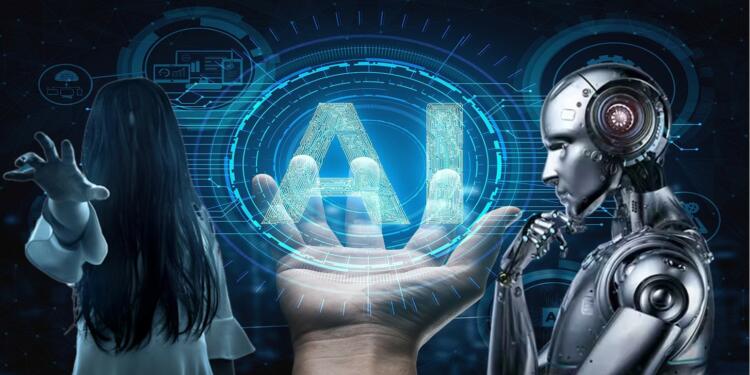Remember the plot of Kuch Kuch Hota Hai. As Rani Mukherjee’s character Tina Malhotra passes away at an early age, she leaves behind handwritten letters for her daughter Anjali Khanna. This plot has been adopted in many movies, in which the family members wish to talk to the dead ones of the family, and that actually happens. Although, it was casual to look at the movie, one can’t imagine how it would feel if it happened in real life. Well, to your surprise, technology has made it possible.
How far can AI go?
A few hundred years ago, humans didn’t have pictures to remember their dead family members or close aides. Then came black and white pictures. Then arrived the era of digital cameras and photographs. As video became a common medium, now technology is promising more than just images or videos. The upcoming technologies, especially AI are making it possible to interact with close aides even after their death. But how is this possible, you may ask.
Also Read- Artificial Intelligence – India’s ticket to global entrepreneurial supremacy
The mechanism of Artificial Intelligence working is simple. An AI machine watches some subjects reacting to certain situations, and stores that situation and its related reaction in its memory. With this memory, similar reactions are replicated when similar kinds of situations arrive. And with the same mechanism, AI is making the dead talk.
AI makes the dead talk and interact
In a recent case in the UK, Marina Smith MBE was reported talking to the guests and answering their questions after her death. Marina, who was 87-year-old passed away in June this year. The mourners were surprised as Marina was interacting with them in the form of a “holographic conversational video experience”’ that was created by a startup called StoryFile. A company which was founded by Smith’s LA based son Stephen to preserve the memories of Holocaust survivors.
In this case, StoryFile has used 20 cameras to film the woman answering around 250 questions prior to her death. This acquired data was then fed into a software tool that was able to virtually recreate her after she passed. The mourners said to media portals that she answered their questions with new details and honesty.
Also Read- Automation and AI cannot replace everything in the world. Here is how
Is this helpful?
Imagine, how is it to watch the one you are mourning for, talk to them, ask them questions pertaining to your attachment with them while they were alive. For the majority, it will be like rubbing salt to a gaping wound. All that a person wants after losing a close one is to heal. And psychological understanding of human lives suggests that one needs to detach themselves from the thing/ situation/ person they are trying to heal from. AI might have turned the world upside down, but there is a bad side to every coin and while exploiting anything, be it machine learning, through entire exploitation of the machine learning technology, the homo sapiens are digging up their own grave along with that of the entire race.
Support TFI:
Support us to strengthen the ‘Right’ ideology of cultural nationalism by purchasing the best quality garments from TFI-STORE.COM































